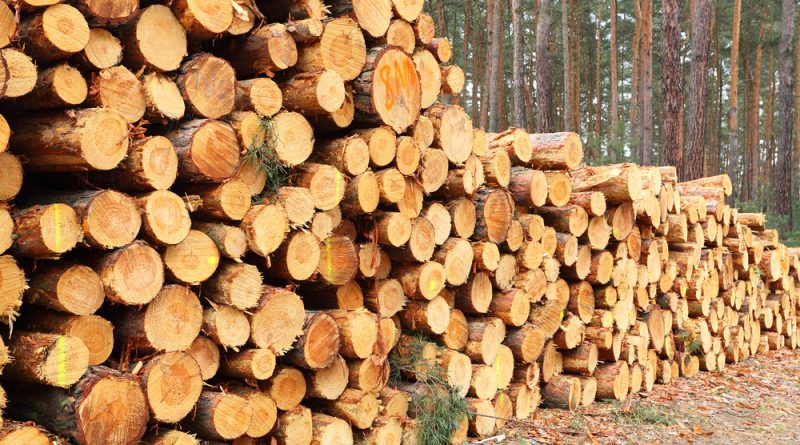A Guide for How the Timber Harvesting Process Occurs
Every harvest is unique. Each timber sale is meticulously conducted. The equipment must be suited to each location. Technology brings continuous advancements. Every facet of the forest industry has been transformed by technological advancements.
Technology and Harvesting Timber
Foresters access and add forest management data using computer modeling and telecommunications. People who are unfamiliar with timber may have questions about the harvesting process. Planting, evaluation, appraisal of timber, logging and timber processing are all important steps. Before you consider harvesting timber, you should be aware of a few important factors.
Important Factors in the Timber Industry
Timber species, size, location, age and flaws are important considerations. In terms of value, bigger trees are preferable. Some wood species are more costly than others. Ebony and sandalwood are more costly than pine. Hardwood is often more valued than softwood. The distance from the harvesting site from the mill can also affect the total value.
Choosing Trees for Harvesting
The first step is to locate the ideal land for timber harvesting. An inspection crew will visit the forest after the trees are fully matured. They will evaluate the health and quality of the trees. These characteristics will influence how the trees are chopped and processed.
Cutting the Trees
Logging is the process of cutting down forests and preparing the trees for shipment. Cutting down trees, trimming branches and cutting logs are part of the process. The task is carried out by skilled logging teams. They use specialized machinery to make sure that the job is safe and successful.
Processing the Wood
Most woodworkers do not buy logs that are straight from the forest. The processing of wood logs into timber is the next phase in the wood collecting process. This is handled at a sawmill. Timber sheets of various sizes and dimensions are made from wood logs. Depending on its size and diameter, a typical log can provide numerous sheets of timber. After processing, the timber is kept in a warehouse. It can also be loaded into trucks and transferred.
Creating Products With Timber
The bulk of the log creates siding and decking. It also creates stock for pencils. Wood chips are used in the production of paper along with a range of engineered products. The wood chips are also used in landscaping mulch, soil conditioners and pharmaceuticals. Other byproducts are used by power companies. Cellulose is used in eyeglass frames, steering wheels and hairbrush handles.
Pest Control in the Timber Industry
Our forest managers are thoroughly versed in pest control methods. We can use them separately, or we can combine different methods. Forest pest control can be classified as natural methods or artificial methods. Natural methods are climate and nutrition. Artificial methods use chemicals.
Proper forest management is critical to the health and sustainability of forests. For more information on wood preservation methods, contact our timber experts today. We will help you choose the right preservation methods for your timber.


